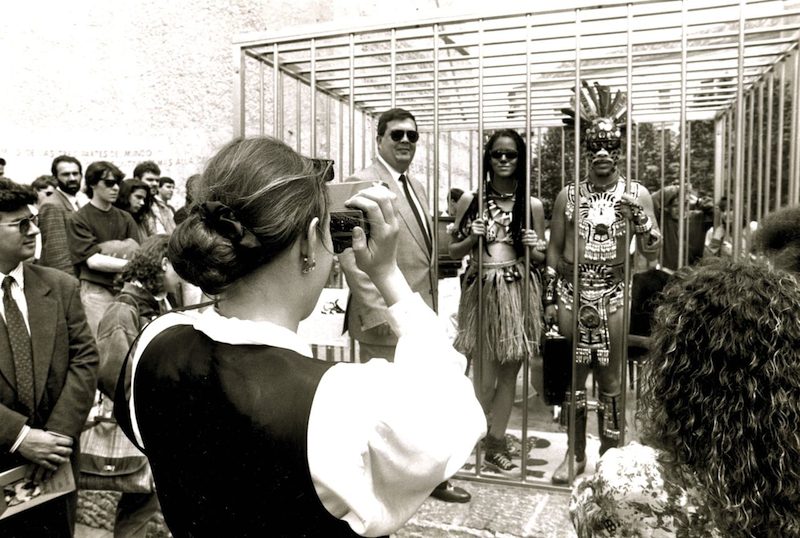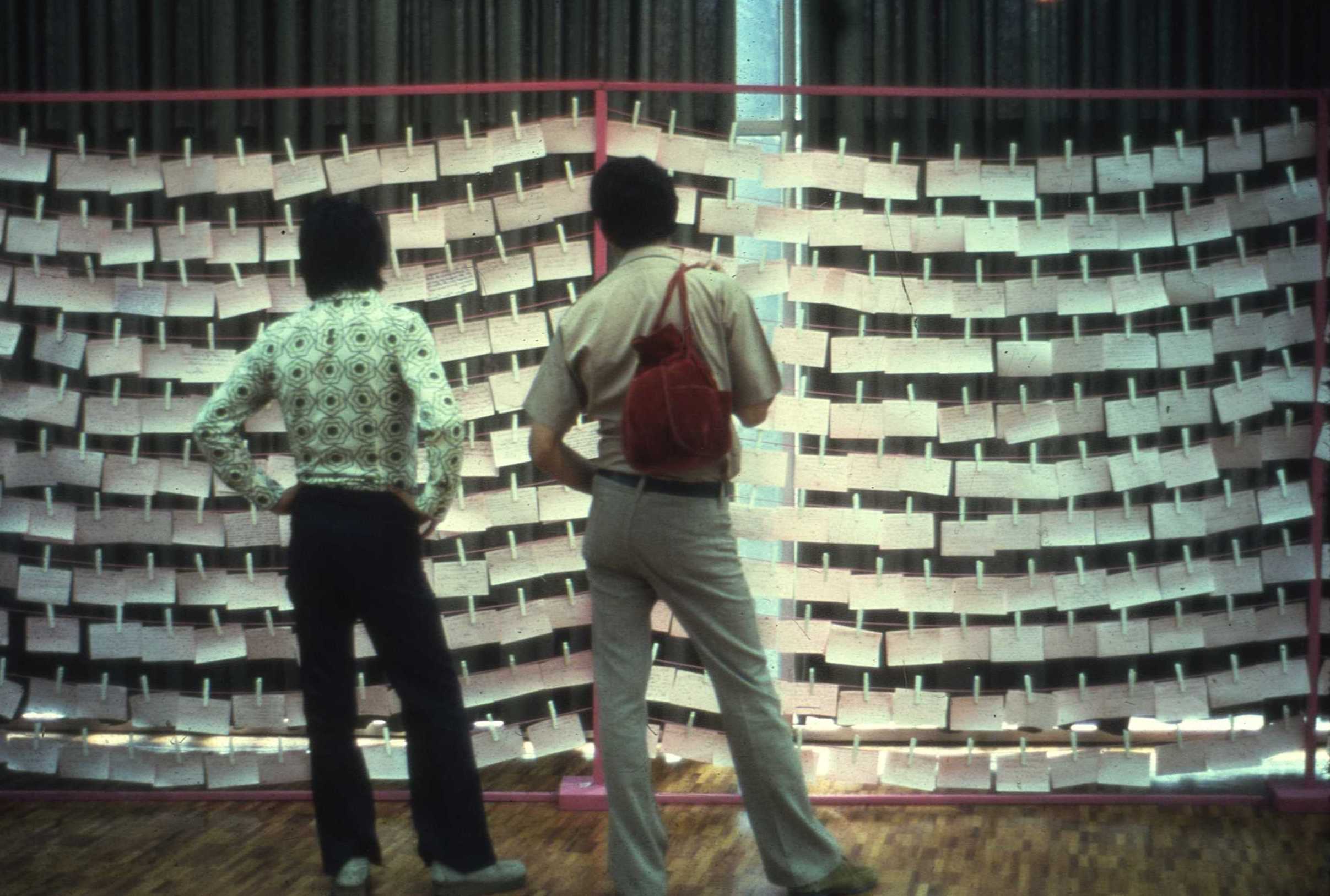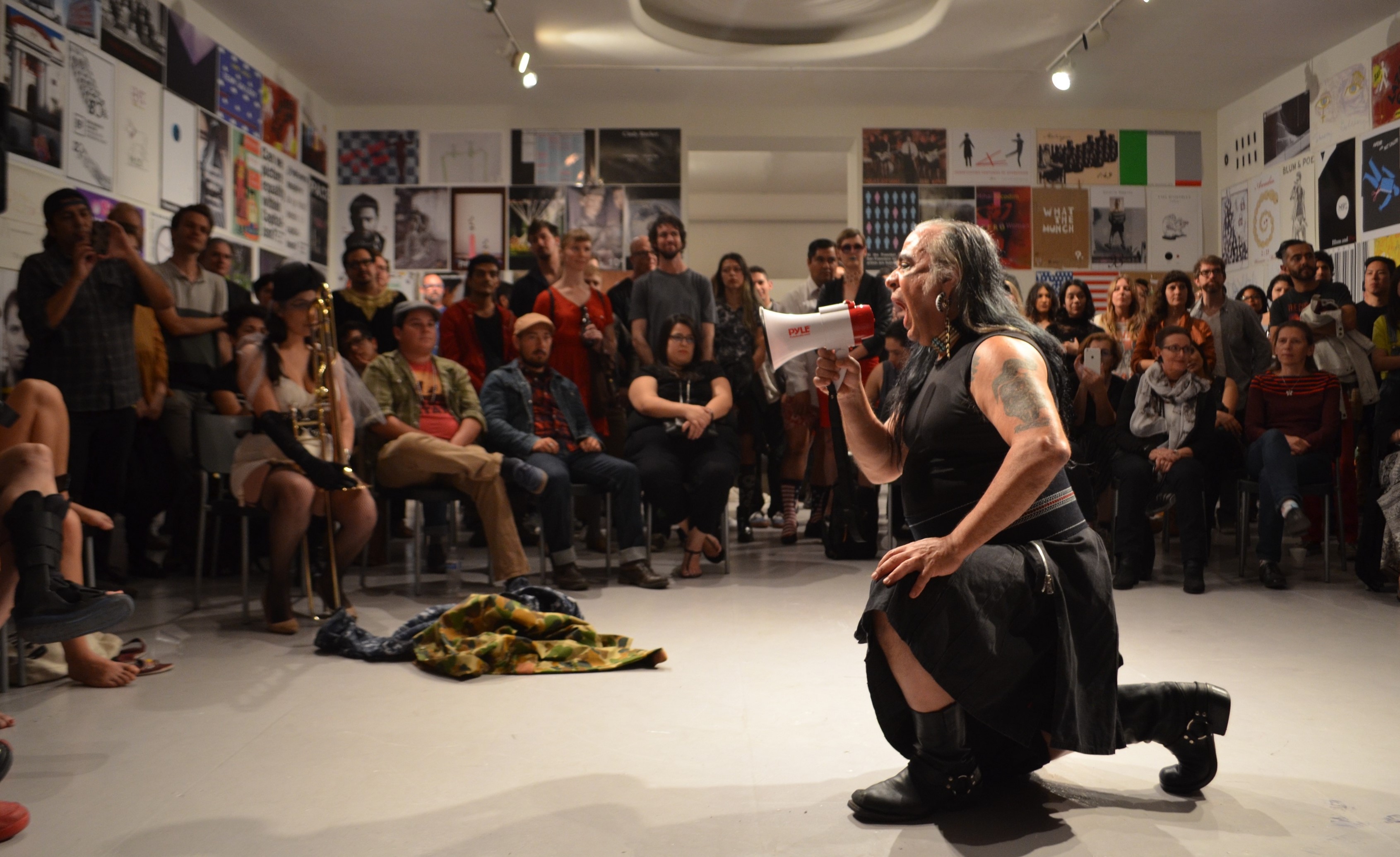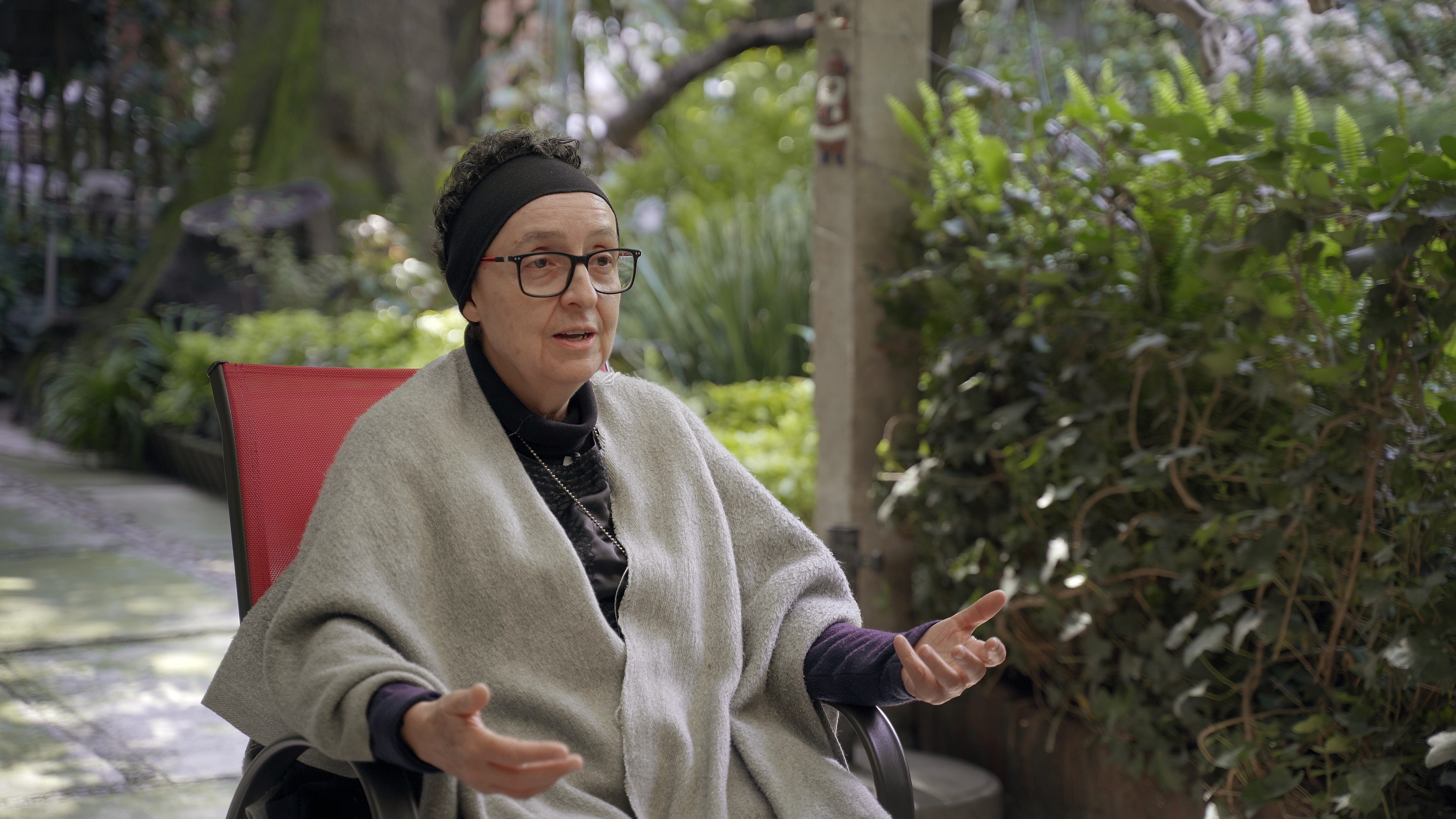Félix Suazo: Do you have any connection with art education at the moment?
Performance Has a Multidisciplinary Base that Crosses Artistic Boundaries
Dedicated to the study of performance art in Mexico and Latin America, Mexican researcher Josefina Alcázar has published numerous books and articles on the subject. In this interview, she offers us her point of view on the formation of performance artists, identifying some of their main motivations and areas of interest. “Performance—she says—has a multidisciplinary base,” so that the body becomes a space of connection between the personal, the social and the political.
Josefina Alcazar: No, I am already retired.
You have written several books about performance art and its main protagonists. Were you able to find out how and where performance artists are trained? Can you learn how to do performance?
Performance artists are trained in many different ways. There are those who come from theater, visual arts, music, or dance, where they have studied the avant-garde or at least have a general idea of what performance is. There are those who come from the humanities, such as sociology, anthropology, or gender studies, who may have taken a performance workshop. However, it is not important where they come from, because a professional degree or special studies are not required to do performance. It is important to remember that performance is multidisciplinary, that it crosses artistic and disciplinary boundaries in search of new languages, new spaces and new materials, and that it makes the body a space of transformation and experience.

In performance, the body becomes a space of resistance and a means of expression. Bodies that push all the senses to their limits in order to bring them back to life—rites of passage, initiations into a new state of consciousness.
I think it is very good that performance workshops exist because they are useful for those who are interested in learning about the origins and history of performance both in the country and internationally. Performance artists usually give workshops where they show their creative process and try to ignite the spark of creativity in their students. But it is evident that there is a plurality of methodologies and aesthetic approaches, and that each artist addresses such broad and heterogeneous issues ranging from discrimination, sexism, religion, love, sexual repression, and marginality to pain, identity, dreams, racism, death, and art itself. In short, we can see that artists in every era and country emphasize and address these issues according to specific circumstances. Performance, then, deals with issues as diverse as those perceived by the human conscience.
I believe that there are several ways to arrive at performance. There are those who discover it by chance, and it was like a revelation, like a discovery that affects their lives, and decide to venture into this artistic expression. There are those who regularly attend performance festivals and see a variety of artists expressing themselves with their particular aesthetics, and with this background decide that they also want to express themselves through their bodies, their emotions, their fears, and their dreams. Those who come to the performance seek to channel their creativity, their rebelliousness, their curiosity to know themselves and what surrounds them, and are willing to take risks in the adventure.
Today, the power and strength of performance is very great, and its influence has spread everywhere. Its influence is undeniable, in theater, visual arts, dance, video art, and literature, but also in politics, television, advertising, and public protests; in other words, performance has permeated not only the arts, but the entire culture.


Do you see a relationship between performance, education and community?
I believe that performance art, like art in general, is a means of awakening consciousness, of opening and expanding one's horizons, of broadening one's expectations, of channeling one's curiosity, of recognizing one's sensitivities and emotions, of feeling the freedom that creation gives, it is a means of expression and communication. As Robert Fillou said, “Art is what makes life more interesting than art.”
But performance is not a decorative and contemplative art. It is an art that invites reflection, experimentation and the questioning of the physical and psychological limits of the participants. The artists explore their personal, political, economic and social problems. They raise philosophical questions about life and the relationship between the individual and the universal. Others are drawn to the symbolic and to archetypes. They reflect on art itself and the role of the artist. There are aspects of performance that lean towards the ritual, others towards the political and personal, as in the case of feminist artists. Some find it as a means of healing, not only individual but collective, involving a community. These collective healing actions are common in some Latin American countries, where there are countless femicides, murders, forced displacements and disappearances. Here we see a clear relationship between performance and community.


